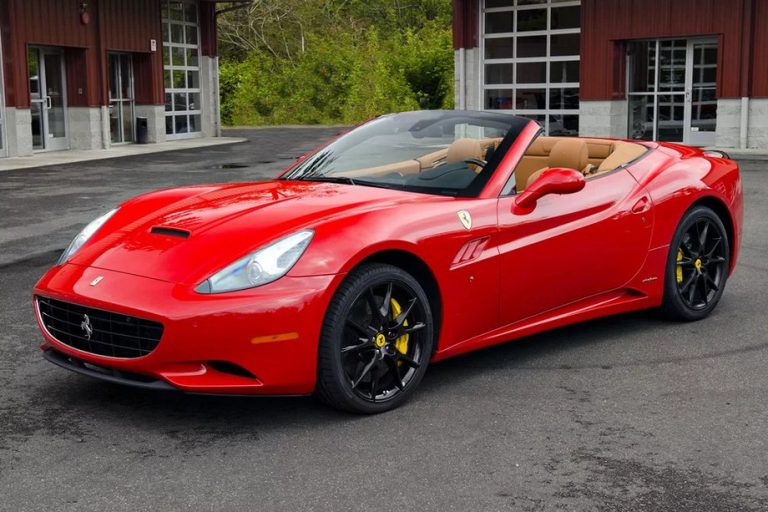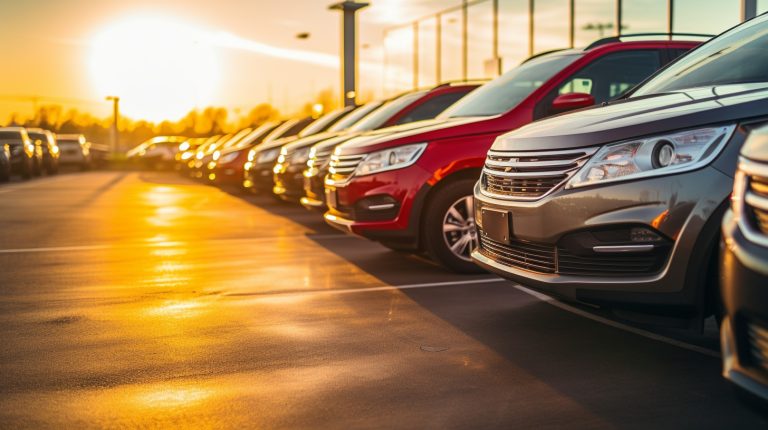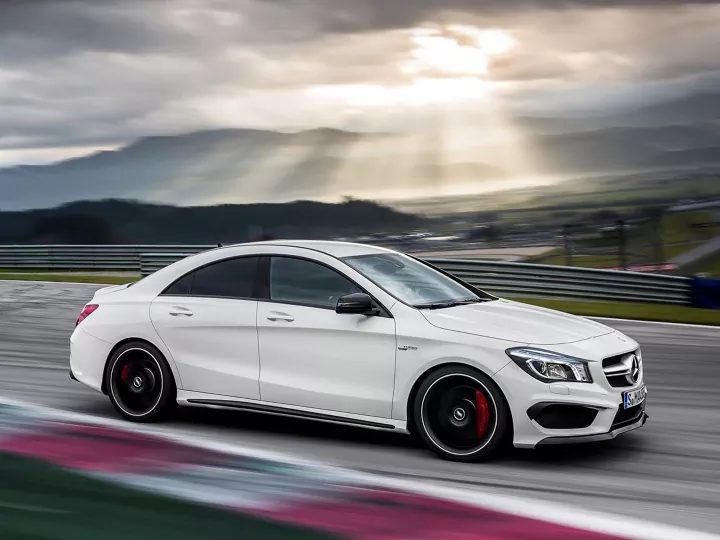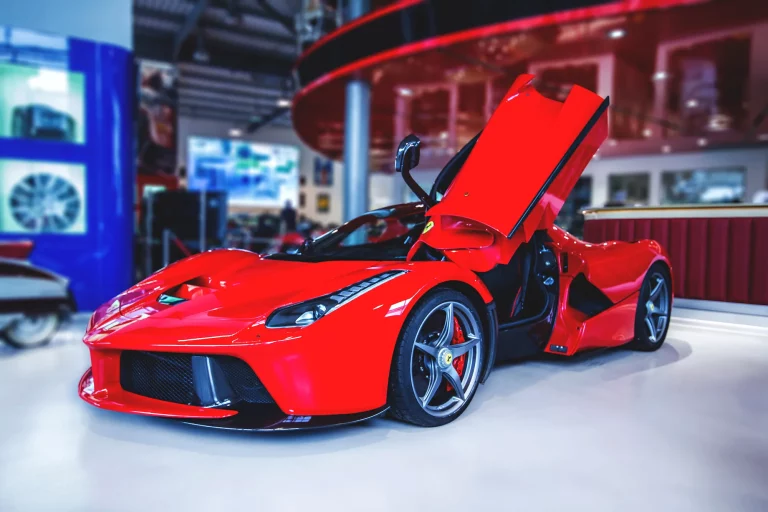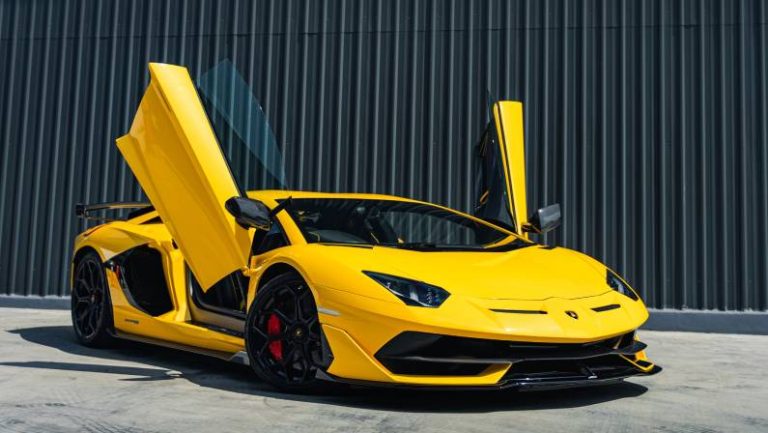Types Of Cars: Every Body Style Explained With Images
When shopping for a new car, knowing the different body styles available can significantly influence your decision. Each type of car body style offers distinct benefits and characteristics tailored to varying needs and lifestyles. From sleek sedans and versatile SUVs to rugged trucks and compact hatchbacks, this guide will share every major car body style, helping you know their unique features and advantages. Whether for family use, performance driving, or utility, there’s a body style designed to meet every driver’s requirements.

What Are Different Types of Cars?
When exploring different types of cars, it’s helpful to know the various body styles, each designed to cater to different preferences, needs, and functionalities. Here’s a breakdown of the main types of car body styles:
1. Sedan
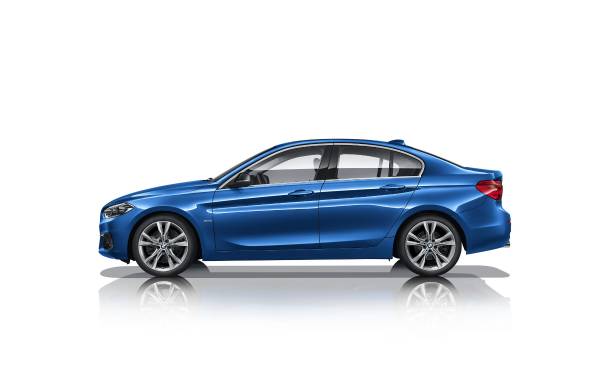
Sedans are among the most common car types, characterized by their three-box configuration with separate compartments for the engine, passengers, and cargo. Sedans typically have four doors and a traditional trunk. They are known for comfort and are ideal for families and professionals.
2. Hatchback
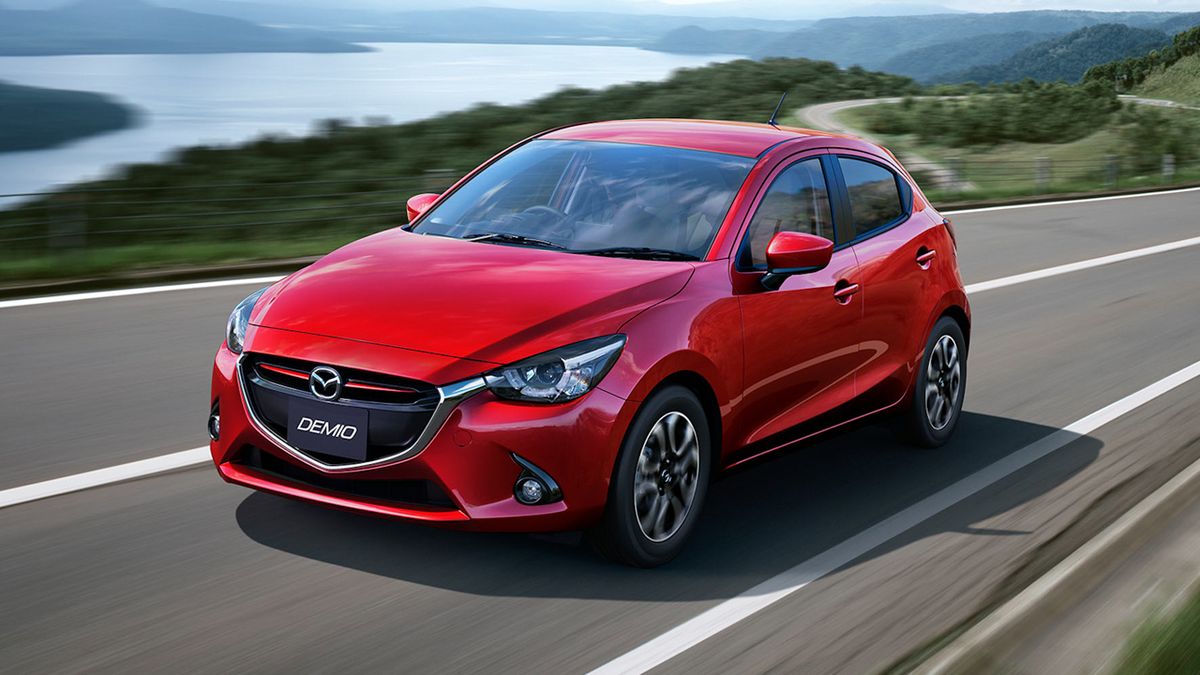
Hatchbacks are similar to sedans but feature a rear door that swings upward to provide access to the cargo area. This design allows for greater storage capacity and flexibility in the use of space. Hatchbacks can be two-box cars with the rear area combining passenger and cargo space, ideal for city driving and small families.
3. SUV (Sport Utility Vehicle)
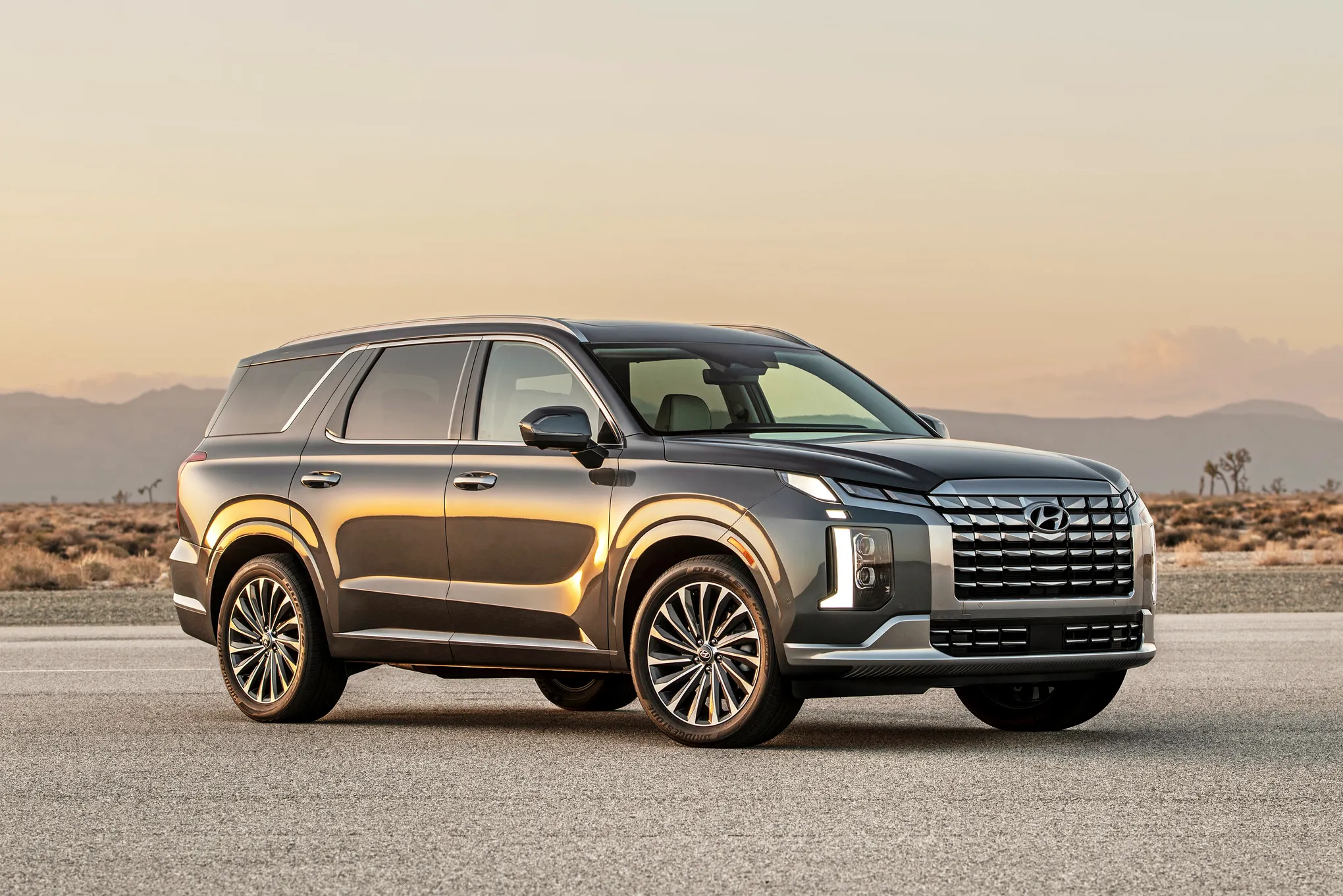
SUVs are larger than sedans and hatchbacks, offering more robustness, higher ground clearance, and often four-wheel drive. They range from compact models to full-sized rigs and are favored for their versatility, passenger capacity, and off-road capability.
4. Coupe
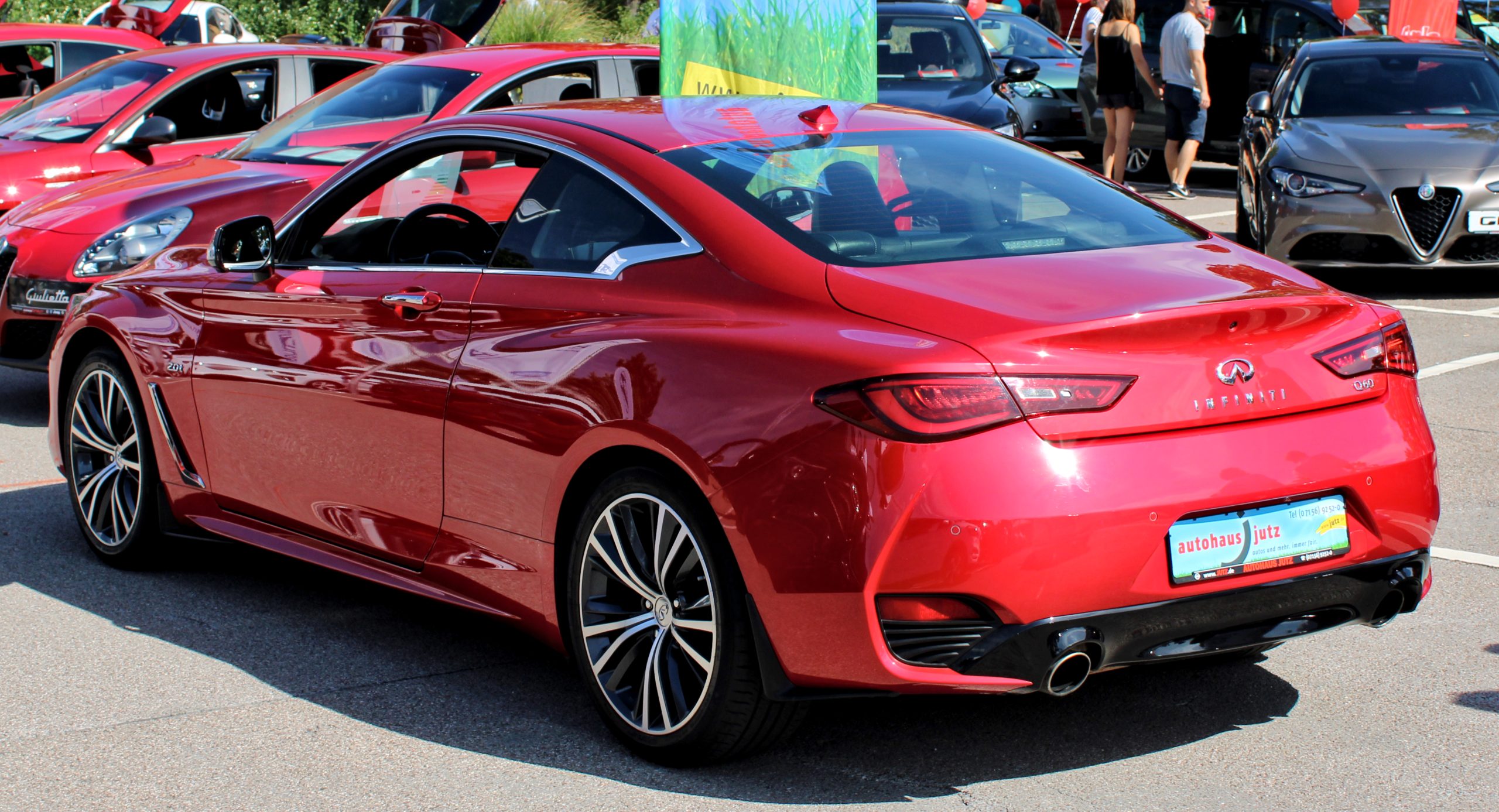
Coupes are two-door cars with a sloped rear roofline and typically sportier than sedans. They are designed for performance and aesthetics rather than practicality, with limited rear seat access and cargo space, making them popular among enthusiasts and those seeking a stylish ride.
5. Convertible
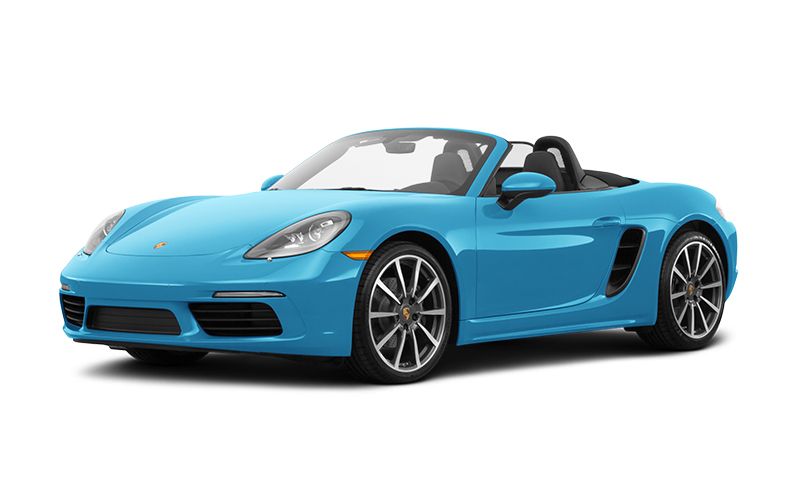
Convertibles feature a retractable roof that can transform them from an enclosed car to an open-air vehicle. They are ideal for enjoying the weather and scenic drives, offering a unique blend of luxury and leisure, albeit often at the expense of reduced cargo space and security.
6. Station Wagon
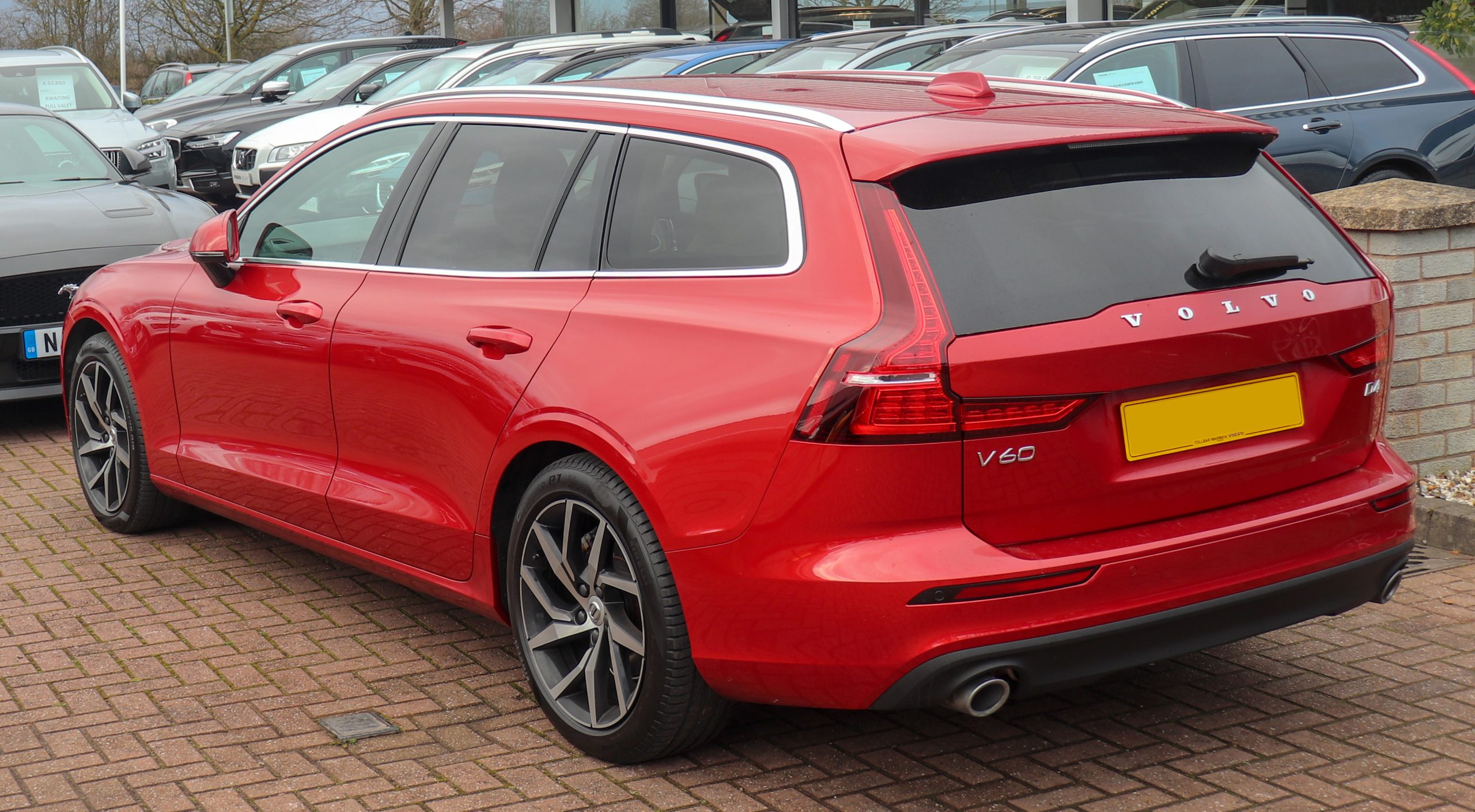
Station wagons resemble sedans but have an extended roofline and a hatch door at the rear instead of a trunk. This design offers more cargo space, making wagons a good choice for families who need the utility of an SUV but prefer the driving dynamics of a sedan.
7. Minivan
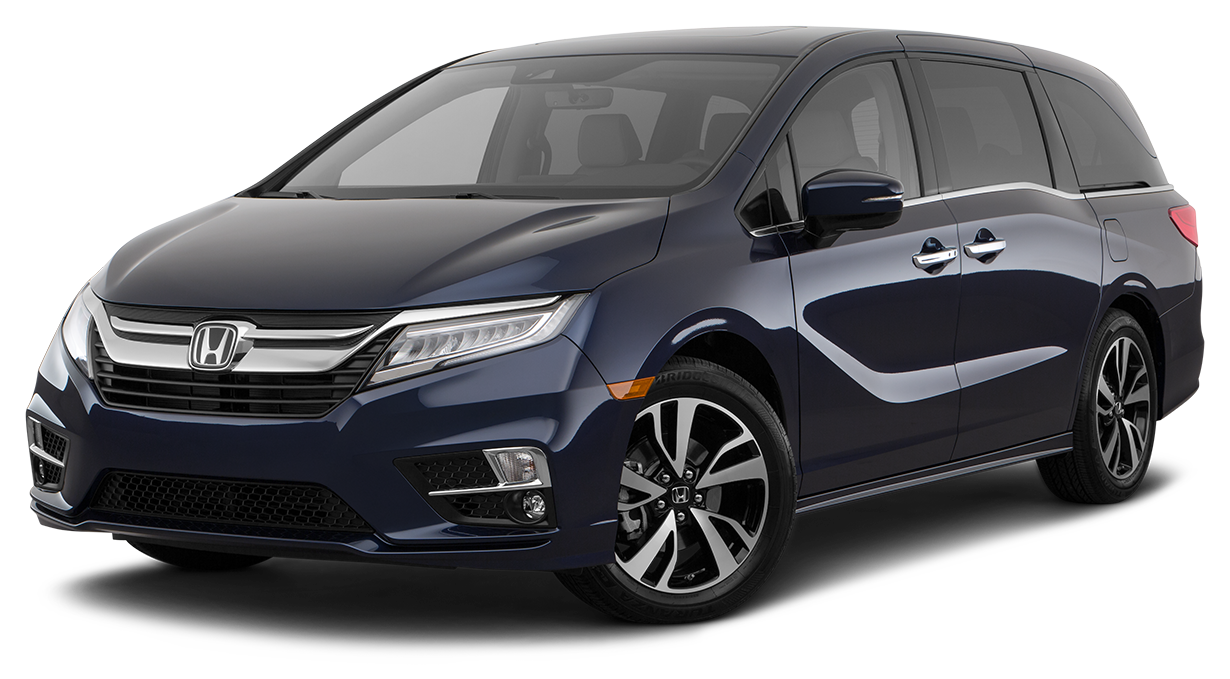
Minivans are designed specifically for families, offering significant passenger and cargo space with flexible seating arrangements. They often come with sliding rear doors for easy access, plenty of family-oriented features, and safety enhancements.
8. Pickup Truck
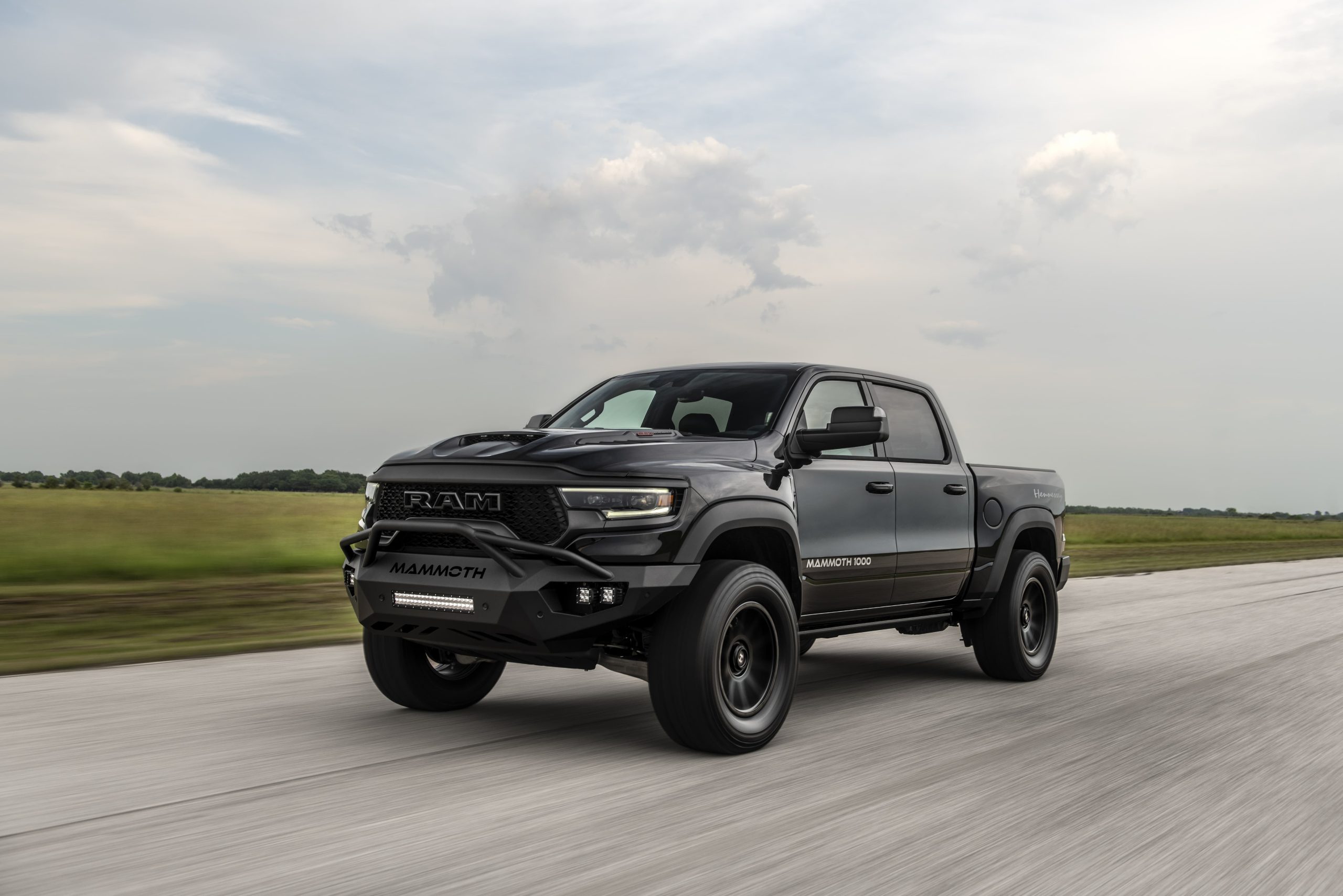
Pickup trucks are defined by their open cargo area with low sides and a tailgate. They come in various sizes and capacities, from light-duty to heavy-duty, and are ideal for towing and transporting large or heavy goods.
9. Sports Car
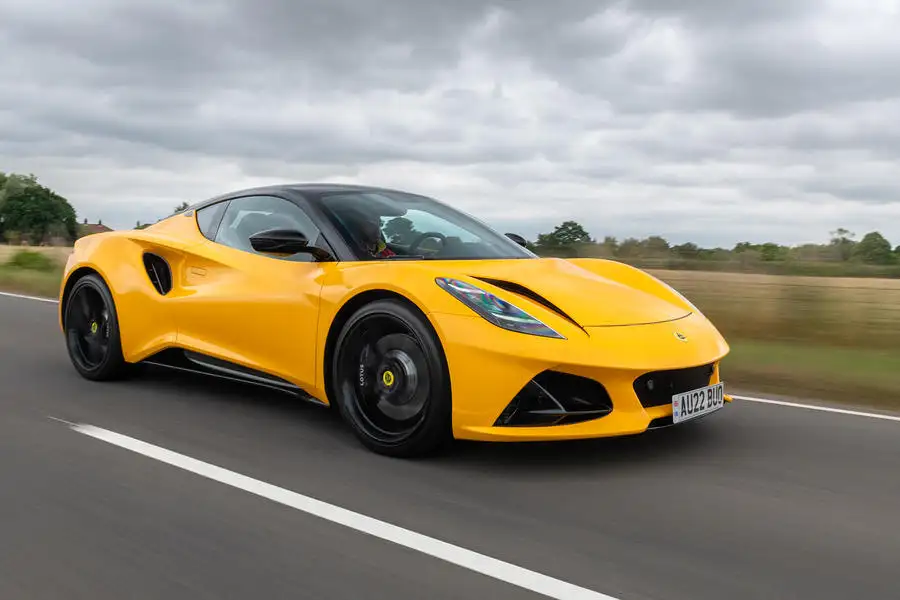
Sports cars emphasize performance and handling with powerful engines and agile dynamics. Available as coupes, sedans, or convertibles, sports cars are typically lower to the ground and have sleek, aerodynamic designs.
10. Hybrid/Electric
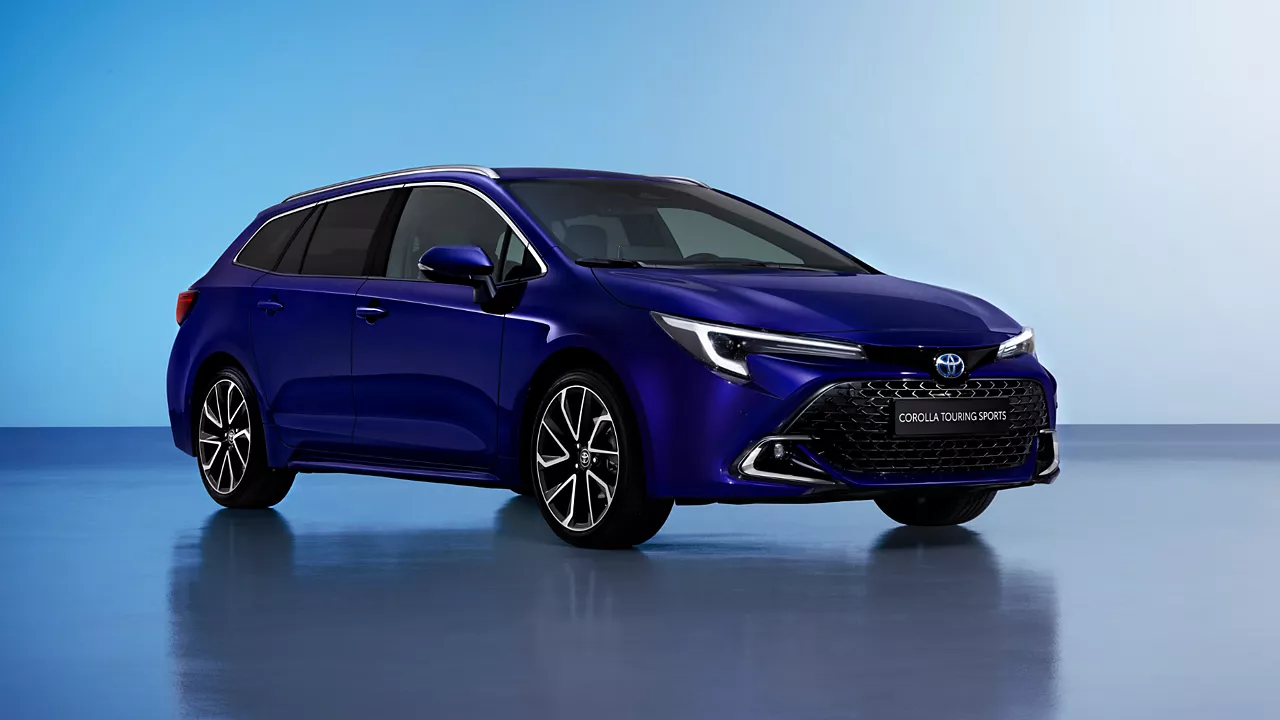
While not a body style per se, hybrid and electric cars are categories based on their propulsion systems and can come in any of the above body styles. They are designed to utilize electric motors, with hybrids combining these with traditional internal combustion engines for improved fuel efficiency and lower emissions.
Classification of Cars
The classification of cars can be broadly divided into categories based on body style, size, performance, and utility. Here’s a detailed look at the main classifications of cars:
1. Body Style
This classification includes the various types of vehicle structures:
- Sedan: Features a distinct trunk, four doors, and traditional seating arrangement.
- Hatchback: Similar to a sedan but with a rear hatch door for accessing the cargo area, often with the rear seats foldable for more space.
- Coupe: Typically has two doors, a fixed roof, and a sportier look than sedans.
- Convertible: Features a retractable roof, ranging from soft top to hardtop configurations.
- Station Wagon: Combines the engine and passenger compartment with an extended rear for increased cargo space.
- SUV (Sport Utility Vehicle): Offers high ground clearance, robustness, and often four-wheel drive, suitable for on- and off-road driving.
- Minivan: Designed for maximum interior space, usually with three rows of seats and sliding side doors.
- Pickup Truck: Features an enclosed cab and an open cargo area with low sides and a tailgate.
2. Size
Cars can also be classified by their size, which affects their interior space, cargo capacity, and overall footprint:
- Compact: Smaller vehicles that offer better fuel efficiency and easier maneuverability in urban environments.
- Mid-size: These offer more space and comfort than compact cars without the bulk of larger vehicles.
- Full-size: Offers the most space and comfort in passenger cars, ideal for longer drives with multiple passengers.
- Subcompact: Even smaller than compact cars, these are often very efficient and easy to park in tight spots.
3. Performance
Some cars are classified by their performance capabilities:
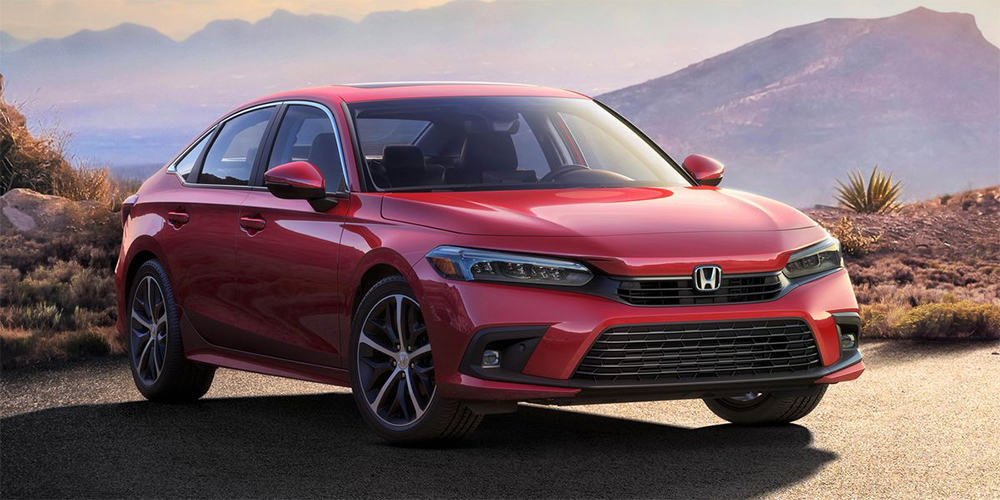
- Sports Cars: Built for speed and handling, often with powerful engines and a focus on driving dynamics.
- Muscle Cars: Typically American-made sports cars with powerful V8 engines, prioritizing straight-line speed and raw power over handling.
- Super Cars: High-performance sports cars with cutting-edge technology, exotic designs, and extreme speeds.
- Hyper Cars: The pinnacle of performance and technology, often with very limited production and astronomical prices.
4. Utility
Vehicles designed for specific functions fall into this category:
- Utility Trucks: Vehicles designed for carrying heavy loads or performing specific jobs like towing, hauling, or off-road missions.
- Vans: Designed primarily for transporting goods or people, offering significant cargo space and seating.
5. Fuel Type
Modern classifications also consider the type of propulsion system used:
- Gasoline: Traditional internal combustion engine vehicles.
- Diesel: Known for their durability and efficiency, especially under heavy loads and long distances.
- Hybrid: Combine gasoline engines with electric motors to improve fuel efficiency.
- Electric: Powered entirely by electric motors, using batteries charged from an external source.
- Hydrogen/Fuel Cell: Uses hydrogen to generate electricity through a fuel cell, emitting only water vapor.
Frequently Asked Questions
How do cars reflect personal lifestyles and preferences?
Cars are seen as an extension of one’s lifestyle and preferences due to their varying body types and functionalities. Each body type, like Sedan or Hatchback, denotes different attributes reflecting the owner’s preferences, such as style, performance, and practicality.
What is the International Standard ISO 3833:1977?
The International Standard ISO 3833:1977 is a system used globally to categorize vehicles based on their body styles. This system includes body types such as Sedans, Coupes, and Hatchbacks.
What is the significance of all-wheel drive in cars?
The all-wheel-drive feature in cars has gained popularity post-2010 for its improved control and performance. This feature enhances traction in challenging driving conditions, providing a safer, more comfortable ride.
How does car size correlate with their purpose?
Car size often influences its purpose. For instance, SUVs and bigger vehicles are preferred for outdoor and family use due to their spaciousness, while smaller cars are often better suited for city driving because of their maneuverability and fuel efficiency.
What is an ‘F-segment’ classification in cars?
F-segment classification in cars specifically refers to luxury saloons like the Mercedes-Benz S-Class and executive cars like the Mercedes-Benz E-Class. These cars are often equipped with high-end features and larger dimensions, signifying prestige.
What types of specific car categories does the article discuss?
The article discusses several specific car categories: Electric Vehicles (EVs), Economy Cars, Green Cars, Performance Cars, Sedans, and Pickup Trucks. Each of these categories is designed to suit different user needs and lifestyles.
Why it’s important to consider lifestyle and budget when choosing a car?
It is important because your car should fit your lifestyle and budget. Different car types serve different purposes – some may be ideal for city driving, others for long travels, and others still for luxury. Moreover, the costs of purchase, maintenance, fuel, and potential repairs should fit within your budget.

Hi! I’m Larry Gibbs, studying mechanical engineering with a focus on cars. I really love Ferraris and write blog posts about the latest car stuff. When not studying or blogging, I’m usually on a road trip exploring new places. I also enjoy playing football and watching movies. Life’s an adventure, and I’m all about enjoying the ride!

